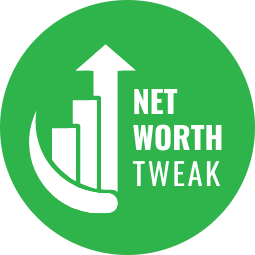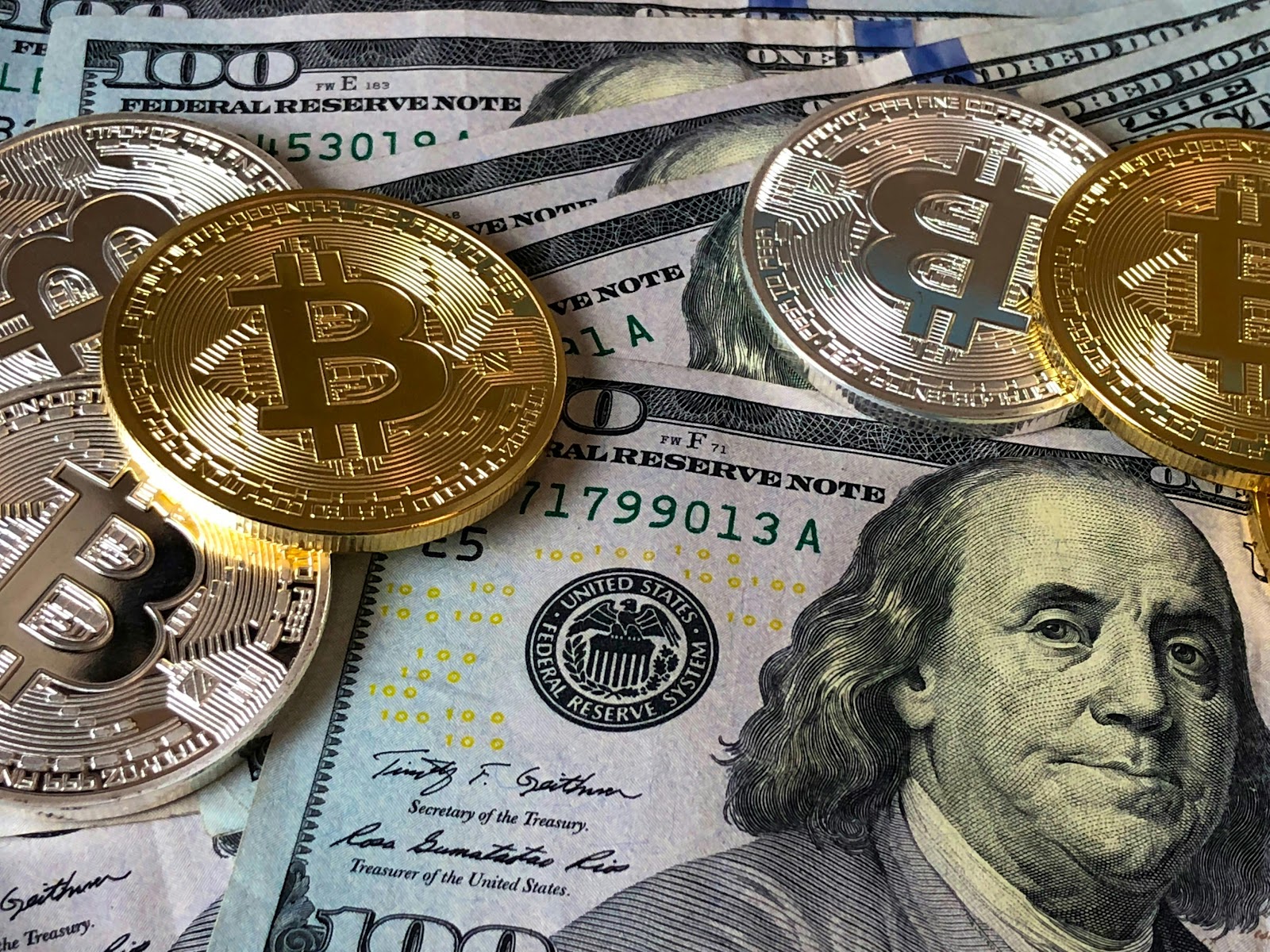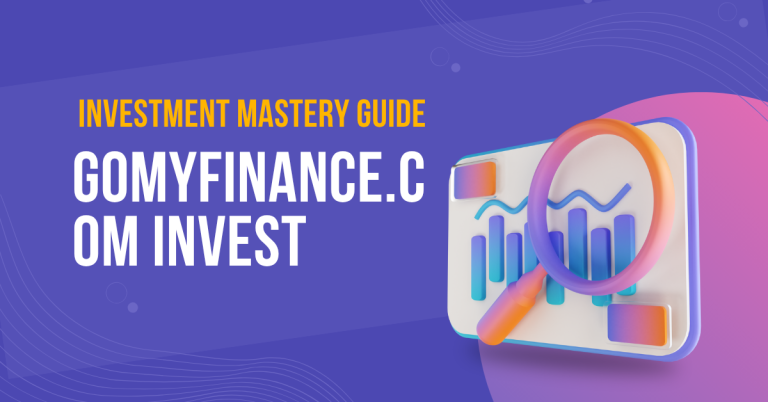U.S. Retirement Plans Embrace Crypto: What It Means for Investors
For decades, the typical 401(k) was about as exciting as a filing cabinet — functional, conservative, and mostly ignored unless someone reminded you it existed. The goal was simple: put away a chunk of your paycheck, let it grow quietly in a mix of public stocks and bonds, then revisit it somewhere around the first signs of grey hair.
But recently, a tectonic plate has shifted beneath that familiar landscape. New legislation is allowing digital assets like cryptocurrency into the retirement fold. No longer relegated to trading apps and tech startups, crypto is being invited into the clubroom of long-term wealth. It’s as if Wall Street finally made peace with the disruptors circling its gates, not to surrender, but to draft them into its own game.
Overview of the New Legislation
The shift comes by way of federal action aimed at expanding access to alternative investments in tax-advantaged retirement plans. The language in these new measures opens the door for retirement plan administrators to include crypto — alongside assets like precious metals and private funds — in professionally managed 401(k) portfolios.
This is not a casual gesture. It’s a formal recognition that investor demand has evolved. As the number of digital asset holders grows and conversations about the Bitcoin price today move from speculative chatter to dinner-table currency, policymakers have felt the pressure to modernize the tools people use to save for the future.
The timing is no accident. Recent market moves and legislative priorities suggest a more open posture toward digital finance. Still, the inclusion of crypto in retirement planning brings with it a blend of curiosity and unease. Because for every investor eyeing growth potential, there’s another wondering if they’ve just invited a wild animal into the pantry.
Potential Benefits for Retirement Savers
At its best, this development offers something savers have long craved: diversification. Cryptocurrencies don’t behave like stocks, and they don’t bend to the same macroeconomic pressures as bonds. Their price movements can be erratic, yes, but they’re also uncorrelated with traditional markets, which, in theory, helps balance risk across a well-built portfolio.
For younger investors in particular, the ability to gain early exposure to a broader mix of asset classes, including digital tokens, could be a game-changer. If you’re thirty-five and planning to retire at sixty-five, the time horizon gives room for volatility to iron itself out, provided the portfolio is balanced and managed with care.
And let’s not forget the tax advantages. Gains made inside a 401(k) grow without immediate tax consequences. If crypto’s wildest dreams come true, some investors could be locking in significant upside in a tax-advantaged wrapper — a prospect that’s hard to ignore even for those who normally steer clear of volatility.
Risks and Considerations
Of course, none of this comes without hazards. Cryptocurrency is not a tame beast. Its price can shift dramatically in a matter of hours. And while it may seem thrilling on a trading app, those same swings can feel more personal when they rattle the foundation of a retirement account.
There’s also the issue of valuation. Unlike publicly traded stocks, whose prices are tied to company earnings and transparent reporting, many digital assets lack the same metrics or history. That opacity can make it difficult for average investors to gauge what they’re really buying — or what it’s truly worth.
Fees present another wrinkle. Some crypto-related funds charge more than traditional ones, and not all platforms or advisors have the experience needed to navigate this new terrain. The financial industry will need time to mature its understanding. In the meantime, retirement savers must decide if they want to be early explorers or wait for a safer trail to be carved.
Industry Reactions and Future Outlook
The broader financial industry is treating the move with a mix of intrigue and caution. On one hand, this is a significant business opportunity. Billions of dollars sit in retirement accounts, and even a small shift into crypto could move markets and reshape how asset managers think about long-term strategy.
On the other hand, there’s hesitation. Many firms remember the tech-fueled bubbles of the early 2000s and the housing crisis of 2008. There’s a deep institutional memory around what happens when fast-growing markets get tangled with retirement savings. No one wants to be the name on the headline when something goes wrong.
How to Navigate Crypto Investments in 401(k) Plans
For savers interested in dipping a toe into crypto via their retirement account, the advice is not all that different from investing in more traditional assets. Start small. Diversify broadly. Pay attention to fees, custodians, and the track record of whoever is managing the fund.
Don’t chase the highs or panic at the lows. Think in decades, not quarters. Retirement savings is not meant to be thrilling. It’s meant to be durable. Adding crypto to the mix doesn’t change that. It simply adds a new tool to the shed — one with sharp edges and real potential.
There’s value in leaning on advisors and financial professionals who understand both the regulatory landscape and the underlying tech. Not all crypto is created equal, and not all funds are designed with investor protection in mind. Do your research. Ask the right questions. And ignore the loudest voices in the room.
If you’re reading this and wondering whether now is the time, remember that long-term success often hinges on habits, not hunches. The best investors aren’t usually the ones with the best tips. They’re the ones who know how to stay steady when the world gets noisy.
What Happens Next
The inclusion of cryptocurrency in 401(k) plans may not remake the world overnight, but it does mark a turning point. It signals that digital assets have moved beyond the realm of fringe speculation and into the core toolkit of financial planning.
There will be missteps. That much is guaranteed. But there will also be innovation. New models for wealth building. New conversations about what retirement security means in a digital age. And, perhaps most important, a generation of savers who expect their money to work with the same speed and flexibility as the rest of their tech-driven lives.







